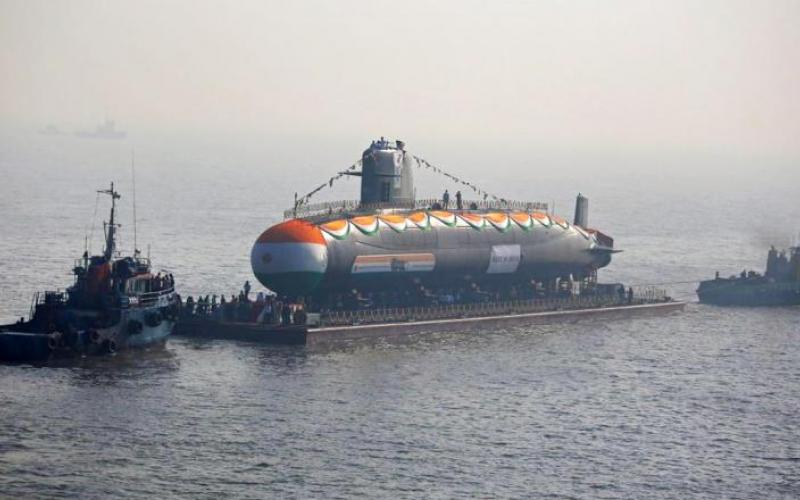
India's self -designed and built -of -enemy nuclear -powered submarine can carry ballistic missiles with nuclear warheads, and India has therefore entered the country with a triple -in -one nuclear strike capability.At present, only the United States, Russia, and China have triple -in -nuclear core strike capabilities.
(New Delhi Comprehensive Electric) India's first ballistic missile submarine made by India has completed its first sailing. Therefore, India has a secondary blow capacity and strengthened its nuclear deterrent to China and Pakistan.
The India's self -designed and built Arihant nuclear -powered submarine was voyal for 20 days, and was warmly welcomed when returning to the port in early November.Indian Prime Minister Modi congratulated that this is a achievement that will always be loaded into history.
The nuclear submarine can carry ballistic missiles with nuclear warheads, and India has therefore entered the country with triple -in -nuclear strike capabilities.The so -called triple -in -one is the ability to do nuclear strikes through land -based missiles, ballistic missile submarines, and strategic bombers.
Among the three nuclear bomb launch platforms, the ballistic missile submarine can be said to be the one with the strongest survivability in the first nuclear strike.At present, only the United States, Russia, and China have triple -in -nuclear core strike capabilities.
Former Indian Navy Intelligence Officer Dr. Upadhaia pointed out that India is the only country with Pakistan and Pakistan and China, which is located in a harsh geopolitical environment. In the pastThere are still territorial disputes that are still unreasonable.
Upadhaia said that Pakistan's tactical nuclear weapons have exacerbated the risk of upgrading conventional warfare to nuclear war, and the nuclear submarine of the Enemoids has given India an indispensable minimum nuclear deterrent ability.The submarine sneaks in the deep sea, and it is not easy to become the target of attack. Even if it is attacked by the enemy's first round of nuclear attacks, I believe it can be supported and countered.Therefore, India has a secondary blow ability, which can have a deterrent effect on the enemy.
At present, the nuclear submarine of the Enemoids can be equipped with 12 K-15 submarine missiles, but the range of these ballistic missiles is only 700 to 1,000 kilometers, which limits its ability to launch direct strikes from the Gonghai.
According to sources, India will test the K-4 submarine missile with a range of 3,500 kilometers this month.Once the K-4 missile is put into service, the enemy nuclear submarine will be able to carry four ballistic missiles.
Upadhaia pointed out that a ballistic missile submarine alone is absolutely not enough to maintain a full range of underwater nuclear deterrence. India needs at least four to six ballistic missile submarines and a small strategic attack submarine fleet that protects nuclear submarines.
Upardhaya said: Enemizers are a very practical platform. It is not only a strategic national asset, but also provides the Indian Navy, scientists, policy producers and related parties.Training and practice.
India's second domestic nuclear submarine is currently being tested and should be put into service within a few years.Enemies belong to the duplicate version of the enemy wiper.
Two other nuclear submarines may be launched in 2020 and 2022, respectively. It is reported that they can carry eight K-4 submarine missiles, which are twice as many as the Enemoer nuclear submarine.




